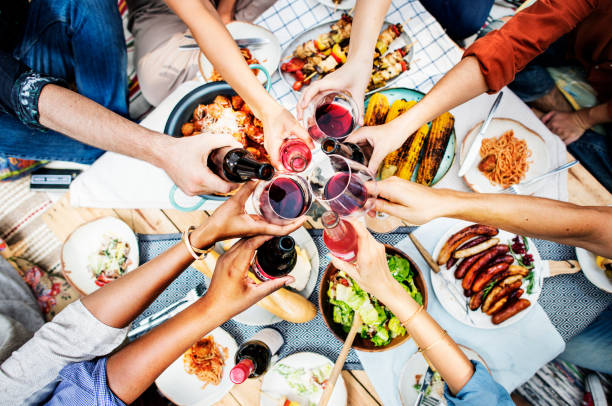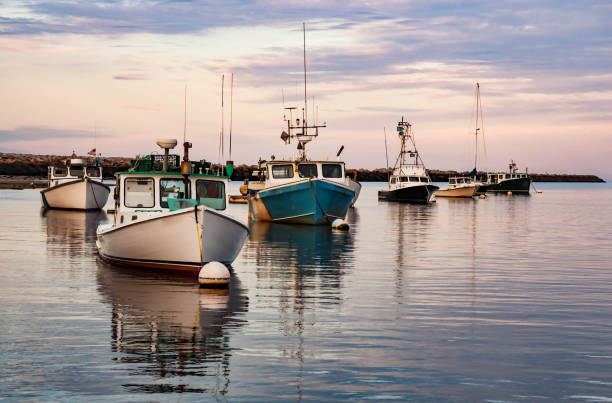Chilean food is not as well-known for its cuisine as other South American countries. Argentina and Brazil are well-known for their barbecues; Peru has ceviche, Colombia and Venezuela have arepas, etc. However, don’t let the lacklustre reputation deter you: Chile’s diverse and delicious cuisine is a testament to its melting-pot culture and unmatched access to fresh seafood.
The Chilean cuisine, which is diverse in the north and south, is a mixture of many cultures and peoples that have settled in the small country. These include indigenous tribes such as the Mapuches and the English, Welsh and Welsh. These influences have combined to create amazing variety and great taste, from the corner Fuente to famous restaurants.
Some foods stand out in this diverse world. They reflect their country’s culture and pay homage to those who helped them develop. Chilean-born and bred, I have many favourite foods and would recommend them to my friends and family. Here are seven of my favourites.
Marraquetas (Smoothie Bread)
Chile is a country that is renowned for its bread. It is a key part of Chile’s cultural identity and society. You can visit a panaderia nearly every day to purchase fresh bread for once (Chilean Tea Time) and other meals. There are wide bread varieties available, all freshly baked every day. But the most popular is the marraqueta.
According to legend, the marraqueta, also known as panbatido and panfrances depending on where you are in the country, was invented in Valparaiso by two brothers who were French bakers. It is known for its distinctive se-tenant shape, a single roll of white bread split into four smaller but still attached rolls. The marraqueta roll is great for sharing. It can be used as a slice of sandwich bread, for toast with egg and avocado, or as chorizo in.
Patagonian Asado al Palo
Chileans love their meat, so roasting (or barbecue) is a common part of holidays and birthdays. The tradition is a little different in Patagonia’s south. It was popularized by the baqueanos, the region’s version of cowboys.
The baqueanos came to Patagonia to raise sheep in the 18th and early 19th centuries. They spent weeks on the large stays, gathering them up and then returning home to Argentina. Asado started as a simple meal on the land. It involved butterflying a lamb in front of a smouldering flame while keeping the meat moistened with water, salt and garlic cloves. The meat is cooked for three hours. The baqueanos then use their long knives to cut the meat.
The Asado al Palo is primarily used for special occasions such as sheep shearing or rodeos. It is delicious, and the entire ceremony surrounding the barbecue is what makes it worth trying.
Ceviche
Chile’s coastline is more than 2,500 miles long, and the ocean is only a few hours away. This makes seafood a major part of Chilean cuisine. You can also be sure that it is fresh from the sea. A good ceviche is one of Chile’s best dishes.
Ceviche is a Peruvian national dish. However, it is popular and well-known along the Pacific coast of South America. Chile’s most popular fish are Patagonian toothfish and halibut. They are marinated with lime and served with flavour accents such as garlic, cilantro or red chilli. For a good taste, squeeze some lime juice on top and serve as an Entrada (appetizer).







